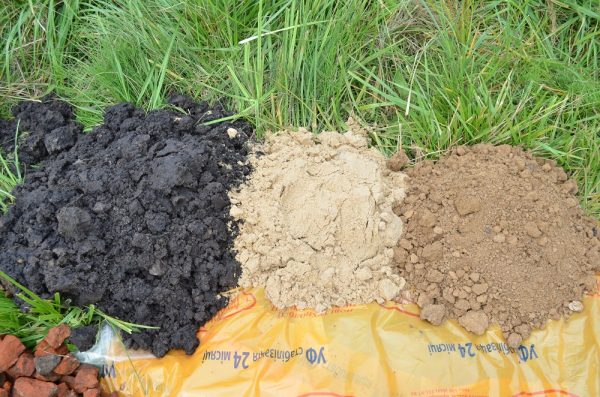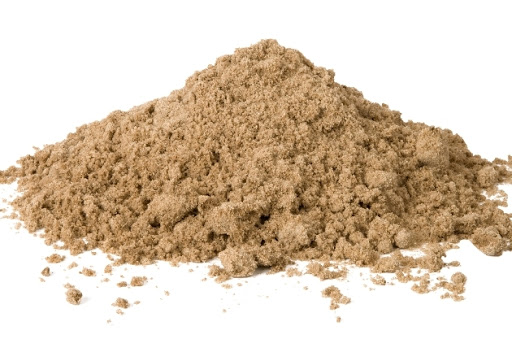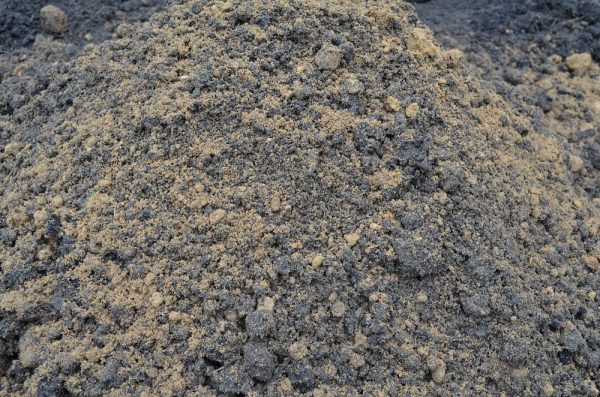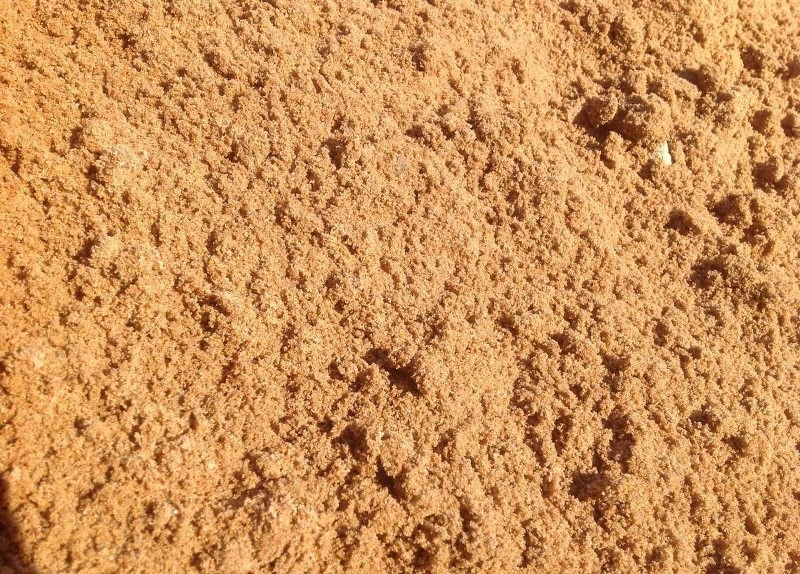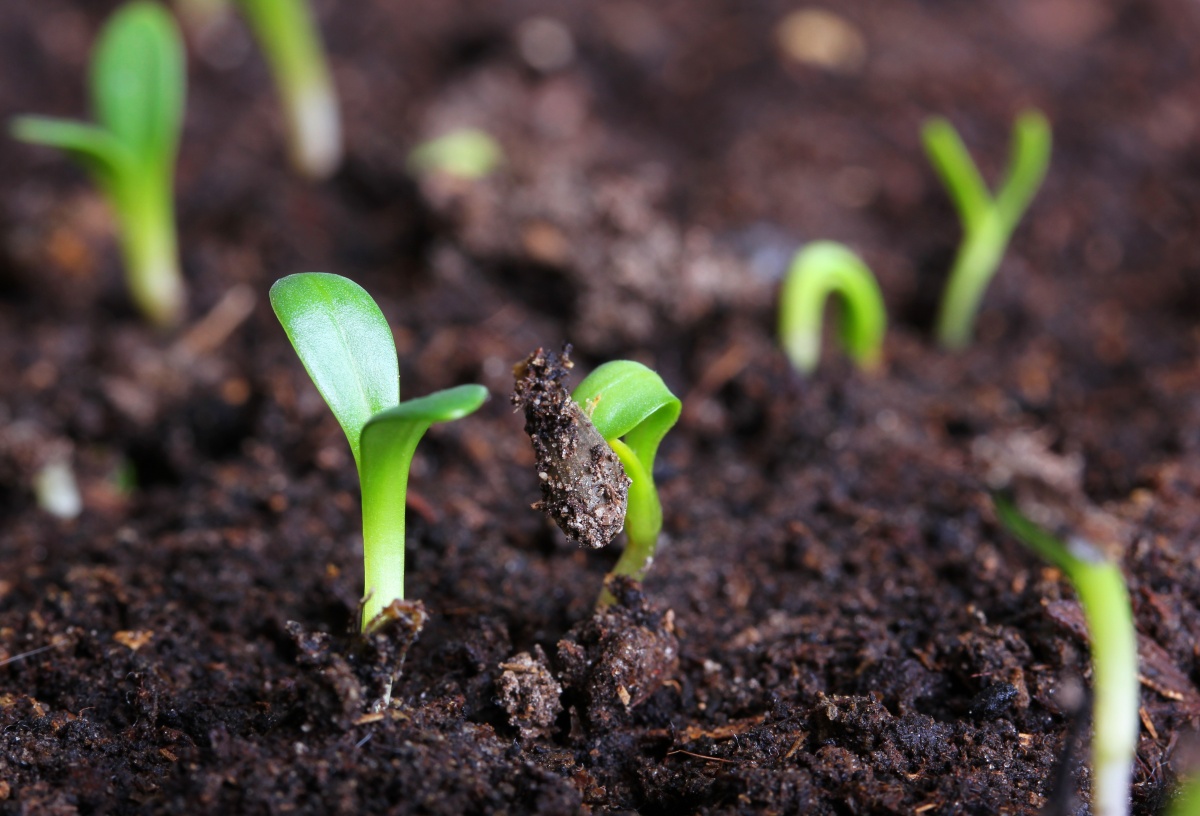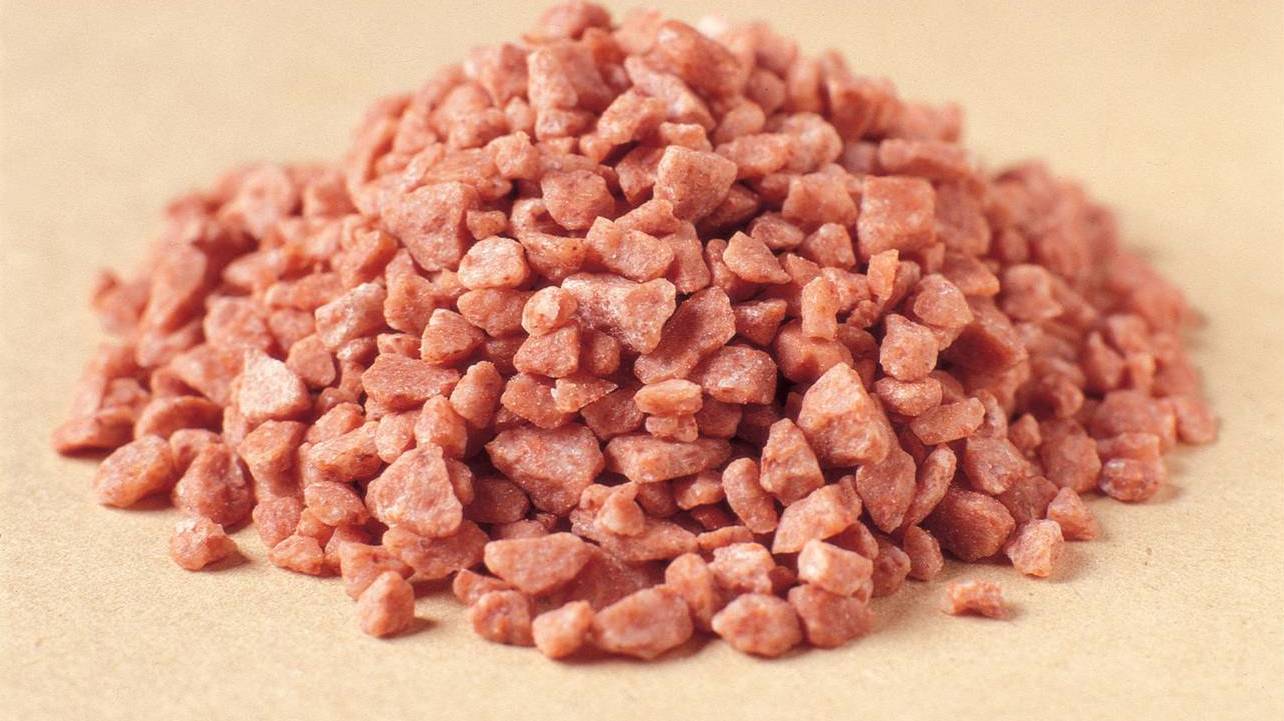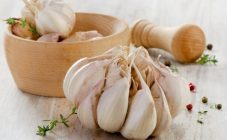Sand in the soil has a beneficial effect on the fertility, quantity and quality of the future harvest. How to use it correctly and which one to choose? About this in today's article.
Drainage
Sand is used as an additional component in soils where the clay or loamy component predominates. It allows you to increase the permeability of the earth, making it lighter and more loose.
Keeping warm
The soil containing sand warms up much faster, which affects the healthy growth and development of future plants. It also helps to withstand frost well, keeping warm in the lower layers of the soil for a long time.
Among other things, seedlings or already ripe plants in sandy soil feel much freer and more comfortable, because of the looseness, the root system can be positioned as it is convenient for it.
What to plant
In such loose soil, ornamental and berry shrubs with a complex root system will feel great. The latter include gooseberries and blackberries.
Also apple and cherry trees quickly adapt to such soil.
Use as fertilizer
If a person wants to use sand as fertilizer, then he should choose the river option, since it is coarse and sufficiently free-flowing.
It will help make the base soil more porous, air will circulate through it, which will immediately prevent the formation of excess moisture, condensation and mold.
If you use river sand as fertilizer, then it is important to observe the following rule - it should be no more than twenty to twenty five percent of the total soil volume.
To obtain better soil, it will not be superfluous to add an admixture of humus from compost here. So the earth will be saturated with all micro- and macrominerals, which subsequently will favorably affect the growth and ripening of fruits.
